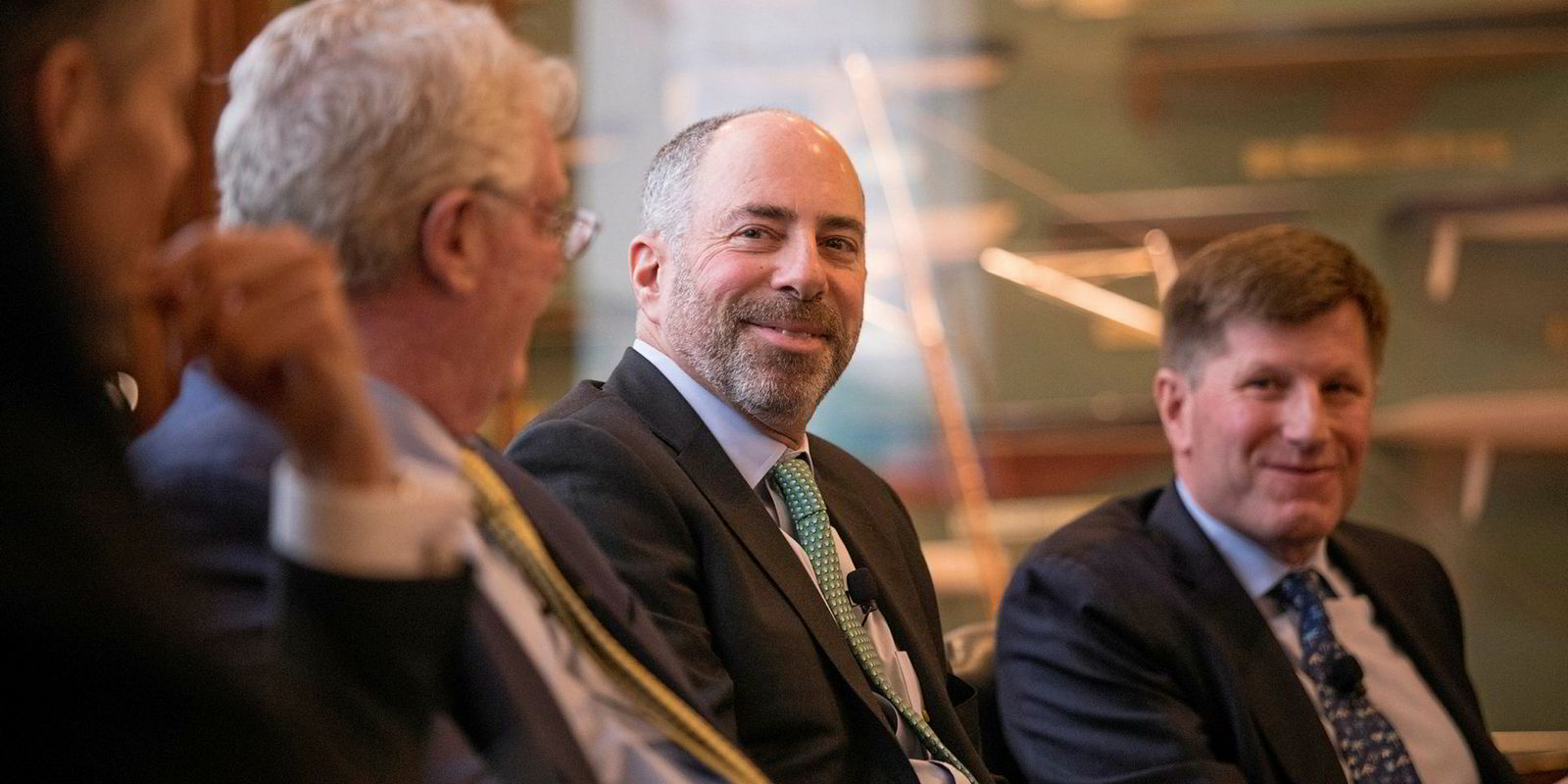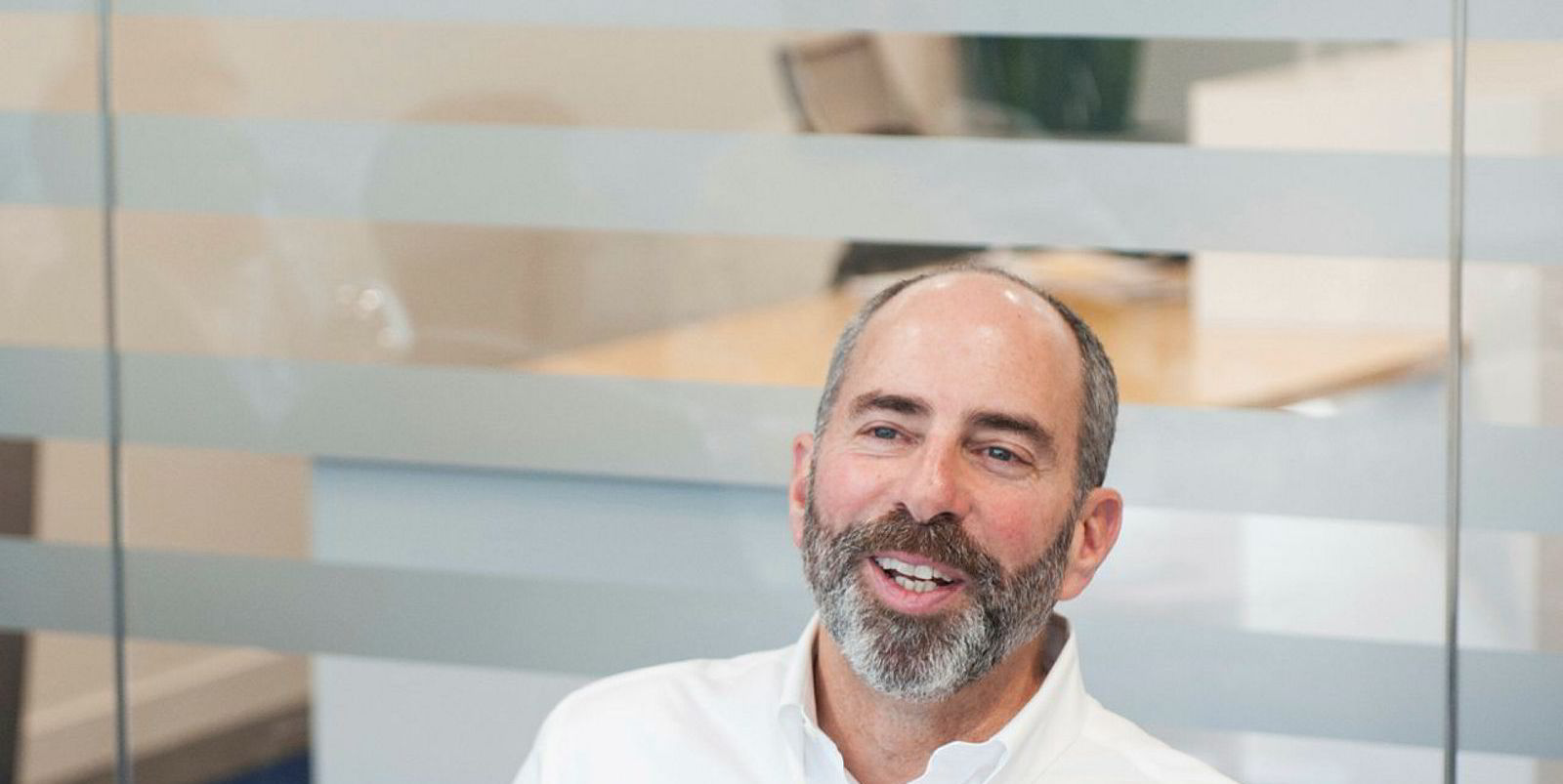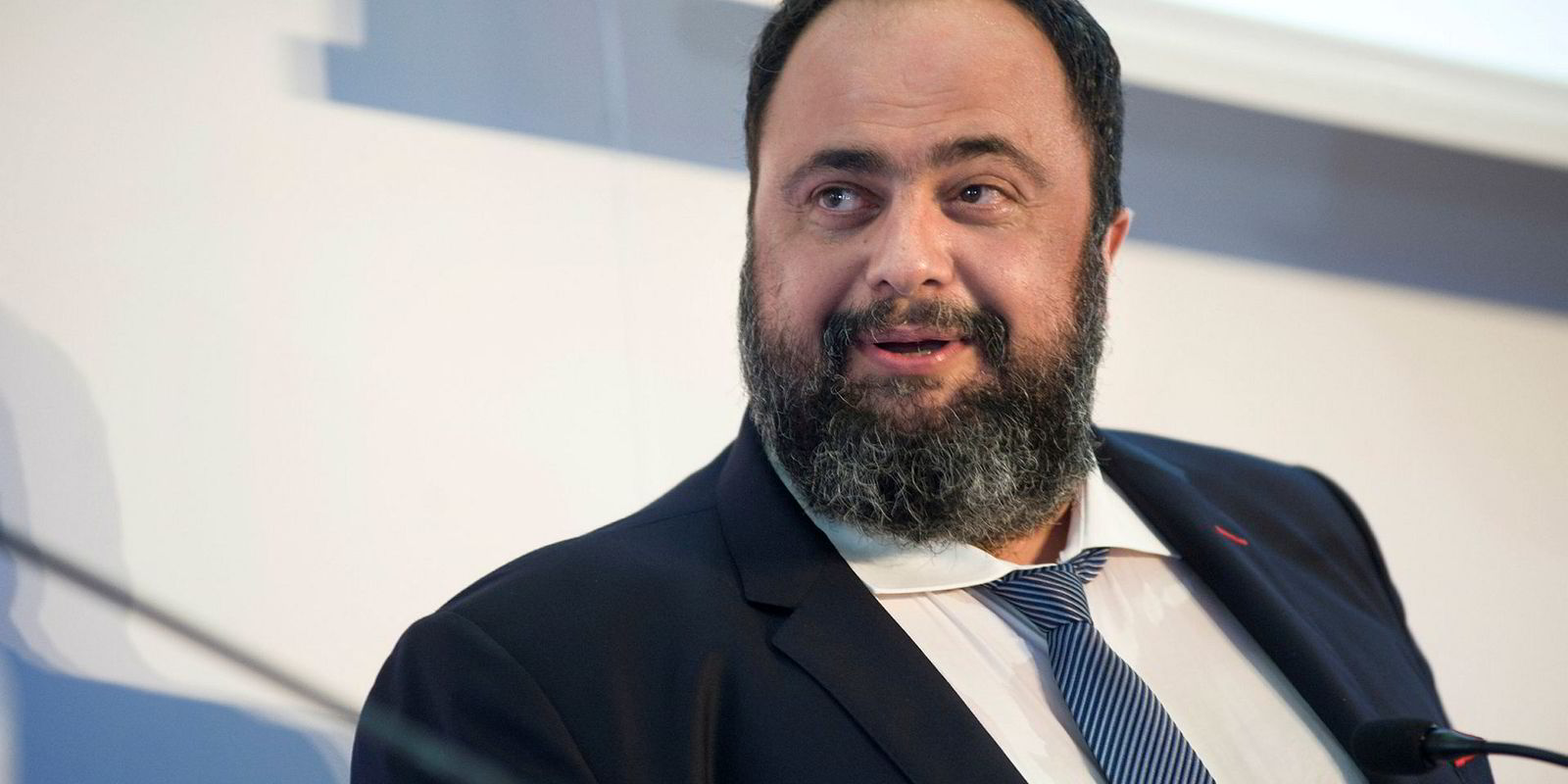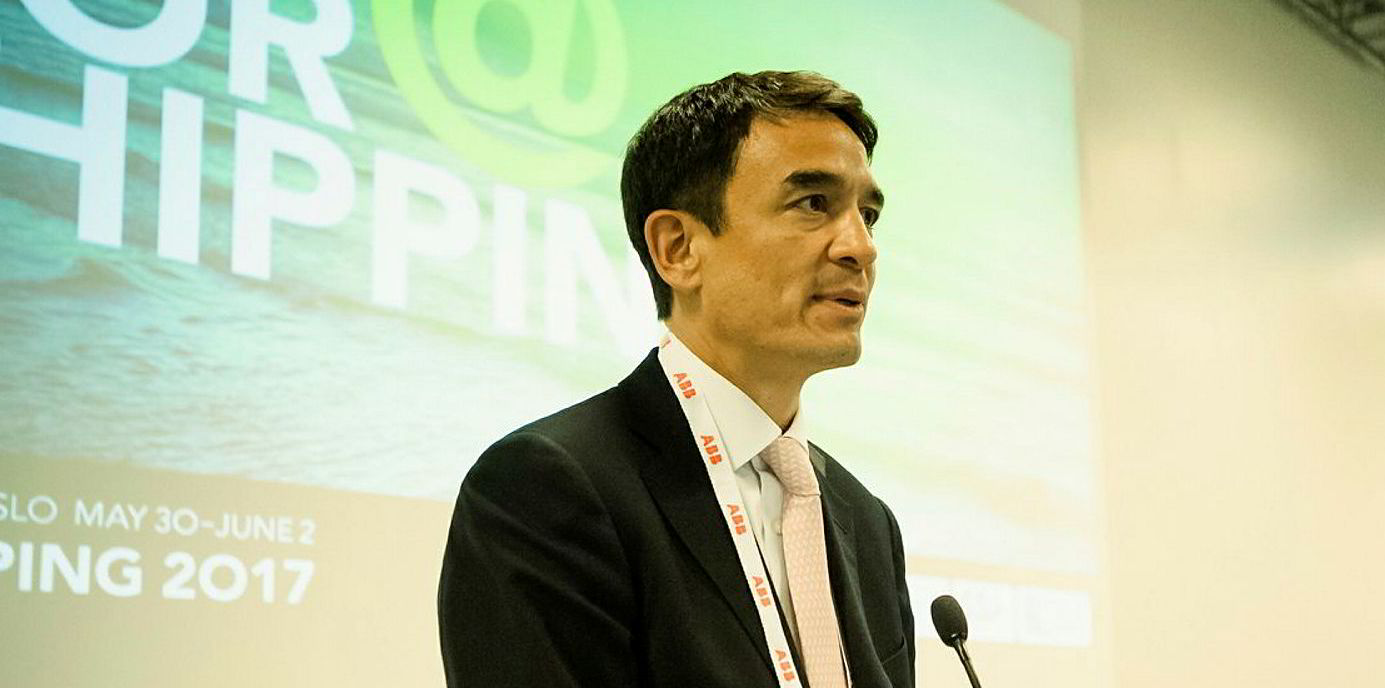Ardmore Shipping is a medium-size owner in a public product tanker sector that has gradually seen some of its rivals grow significantly larger, mostly through consolidation.
Does New York-listed Ardmore face the danger of being obscured by the giants’ long shadows if it cannot grow itself?
Chief executive Anthony Gurnee tells TradeWinds that patience will be the virtue that governs Ardmore’s own growth ambitions no matter what competitors may do.
“We feel that we’re already performing on a par with out bigger peers — for us, it's a question of whether we can improve our performance with growth,” Gurnee says.
Cork, Ireland-based Ardmore has a current tally of 26 vessels after selling two of its oldest units earlier this year. Executives hinted during the last earnings call on 7 February that they are considering selling the fleet’s six chemical carriers. The others are MR product tankers.
While replacing any sold tonnage looks to be a near-term priority, the current tack does not seem to suggest massive growth.
Meanwhile, Ardmore is soon to have a new public peer with the $1.65bn merger of private Diamond S Shipping into a spin-off of New York-listed Capital Product Partners.
The combined company will be the world’s fifth-largest public tanker company with 68 tankers. And while 16 are crude tankers, the remaining 52 are MR product tankers, creating the world’s third-largest public products fleet.
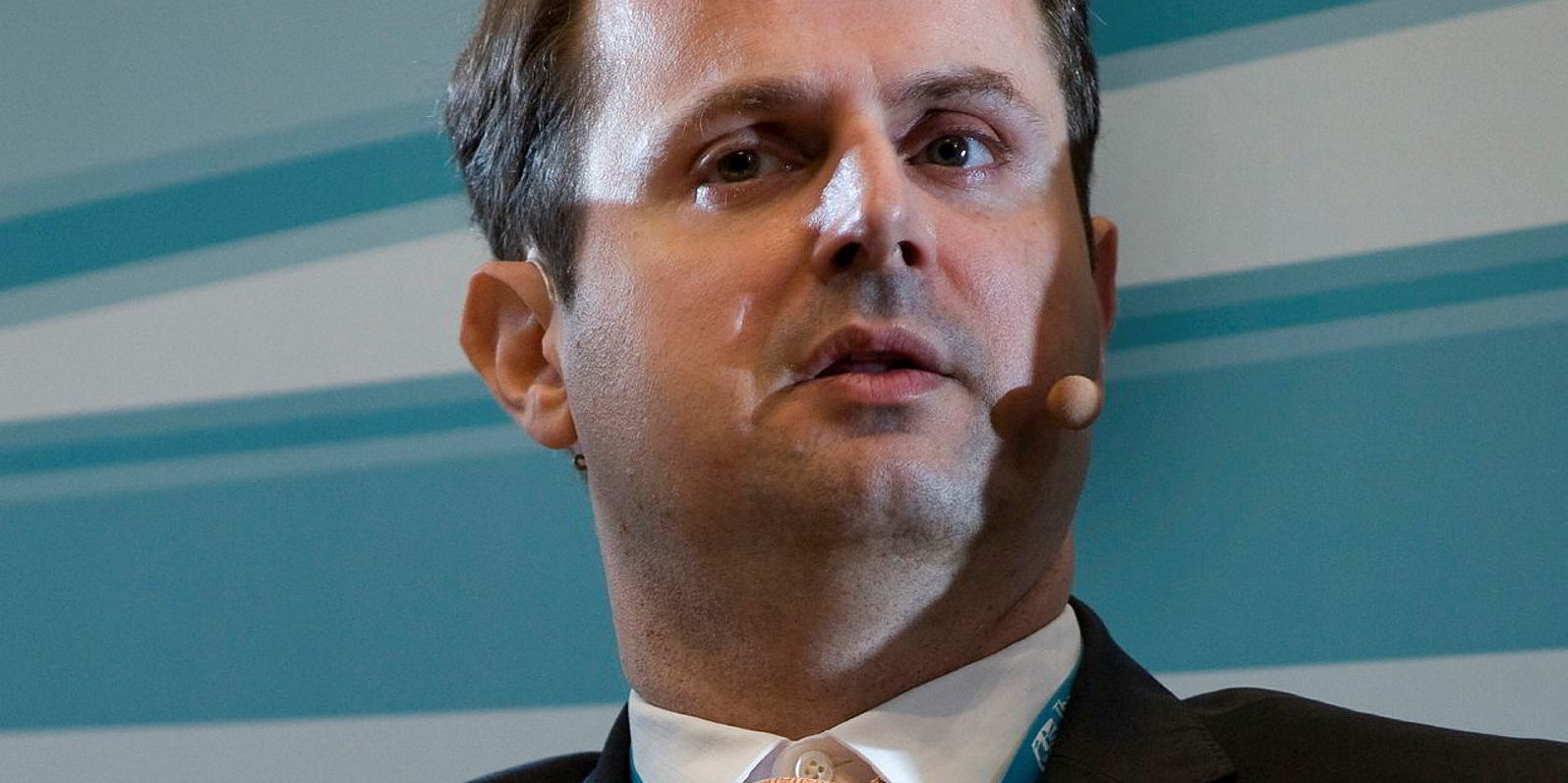
New York already hosts the world's largest product tanker owner in Scorpio Tankers, which owns or lease-finances 109 units and has a market capitalisation of about $950m. A 2017 takeover of Navig8 Product Tankers brought in 27 of those tankers.
Another huge product tanker owner, Torm of Denmark, has an alternate listing in New York and a fleet of some 70 product tankers on the water, with nine more on order.
And the BW Group’s recent takeover of Hafnia Tankers has created a 102-tanker goliath with ambitions to list the company on a major stock exchange.
Amid all this scale, Gurnee insists Ardmore is not feeling overshadowed.
"We'd like to grow, but we're only interested in growing if we can do it accretively, so we’re proceeding with patience,” Gurnee says.
"There's nothing wrong with running a 25 to 30-ship fleet. Less than 10 ships is too small, and even 10 to 20 is probably too small. But we're comfortable at our current number and focusing on getting better at what we do.”
When you have a market where the largest player has a 3% market share, clearly there are opportunities for growth
Anthony Gurnee
Not that there are no opportunities. And indeed Ardmore has often been linked to the pervasive consolidation whispers going around the market, without any deal coming to pass as yet.
“When you have a market where the largest player has a 3% market share, clearly there are opportunities for growth," Gurnee says.
"For us, we're quite selective as to the type and size of ship, and whether the conditions are such that we can react in a way that's accretive.”
Some experts in mergers and acquisitions say it is challenging for public owners to continue the consolidation trend in 2019 because their shares typically are trading at large discounts to net asset value (NAV) and thus less than compelling as a currency.
“I don't know if it's an obstacle. It certainly is an obstacle to doing equity issues," Gurnee said of the NAV discount, which analysts recently have pegged at 25% to 30%.
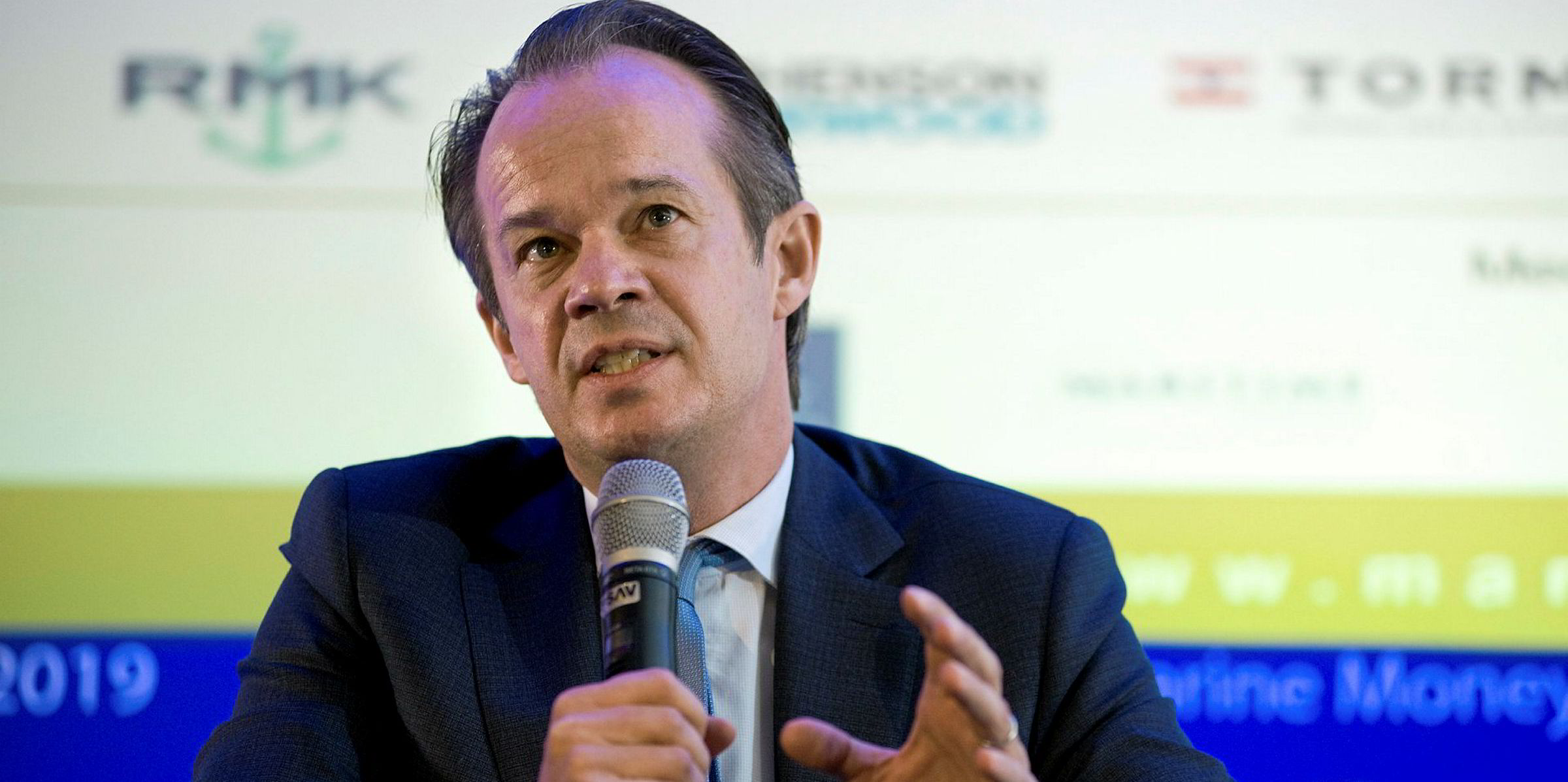
There's nothing wrong with running a 25 to 30-ship fleet. Less than 10 ships is too small, and even 10 to 20 is probably too small. But we're comfortable at our current number and focusing on getting better at what we do
Gurnee
“I think what we see as more of an issue is that if we were to merge with someone who is not public but who has a lot of institutional investors who are looking for an exit, that is a problem. Because all you're really doing is creating an overhang on the stock and Wall Street hates that.”
Ardmore’s market capitalisation has been around $180m of late — well below the $500m that many say is a bare minimum to attract institutional interest — let alone the $1bn to $2bn oft-cited as an ideal size.
But Gurnee says Ardmore has a good corps of buy-and-hold investors such as mutual funds, and suggests companies with larger market capitalisation often attract hedge funds that covet a fast exit from their shorter-term plays.
"We used to have a $400m market cap but that changed when our stock price went down. When the price recovers, the market cap will," Gurnee says.
“A larger market cap should be better but it’s also about how big is your free float of shares and what is your average daily trading volume. It does appear that larger market caps in shipping appeal more to the hedge funds, who are looking for a quick exit.”
Ardmore’s top five shareholders are Russell Investments Group (9.4%), Donald Smith & Co (9.19%), Boston Partners (6.49%), The Bank of New York Mellon Corp (6.42%) and Royce & Associates (6.25%), per the company's most recent annual report on 15 February.
Ardmore’s stock remains a popular play with equity analysts. Among those with "buy" ratings on the share are Jonathan Chappell of Evercore ISI, Michael Webber of Wells Fargo, Ben Nolan of Stifel, Randy Giveans of Jefferies, Magnus Fyhr of Seaport Global and Lars Bastian Ostereng of Arctic Securities.
Ardmore comes off a tough 2018 for the products market with $56.9m in liquidity following the two disposals and seven sale-leaseback deals, and like other product tanker owners is looking forward to the 1 January IMO 2020 deadline to boost an improving outlook.
